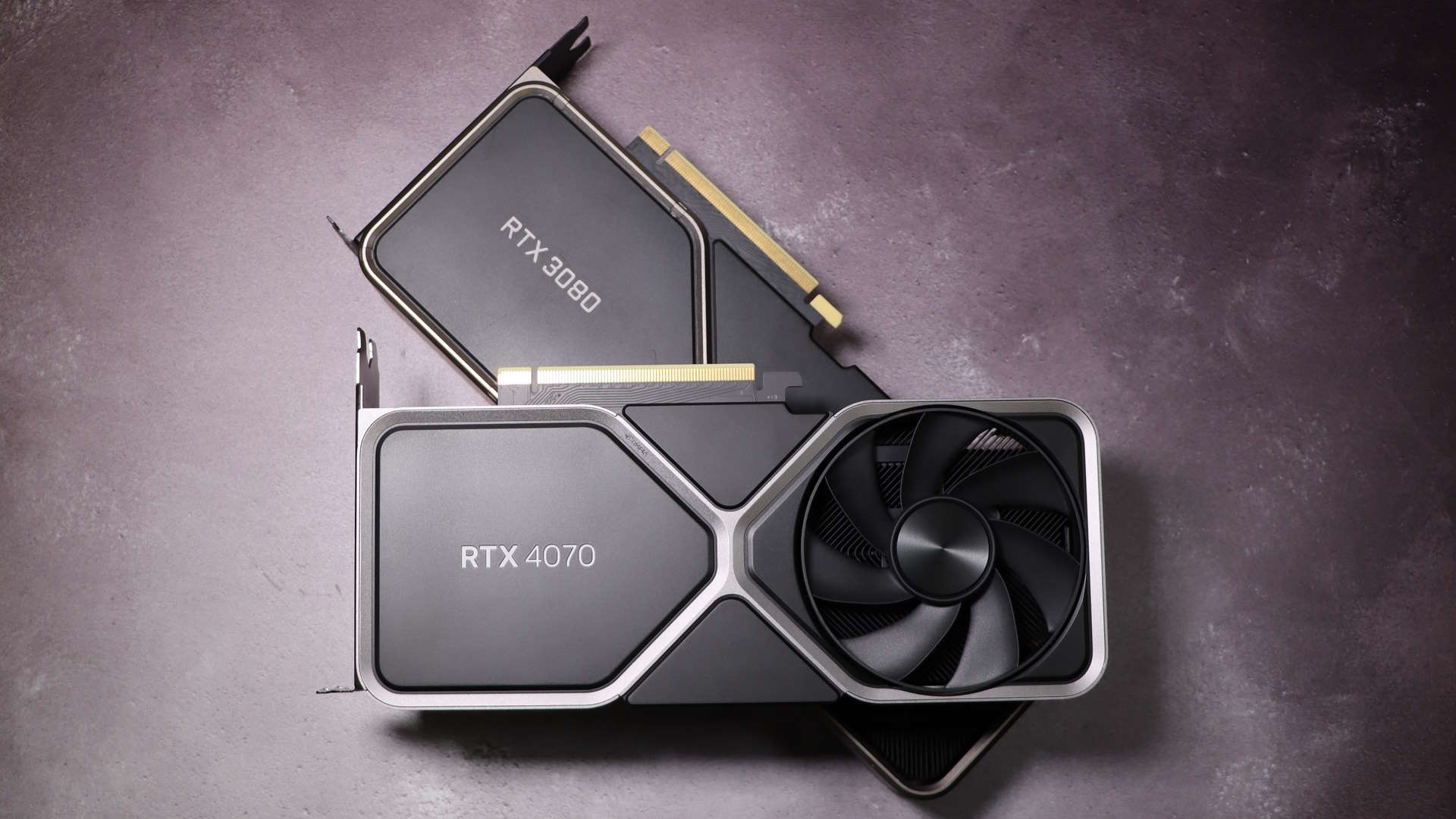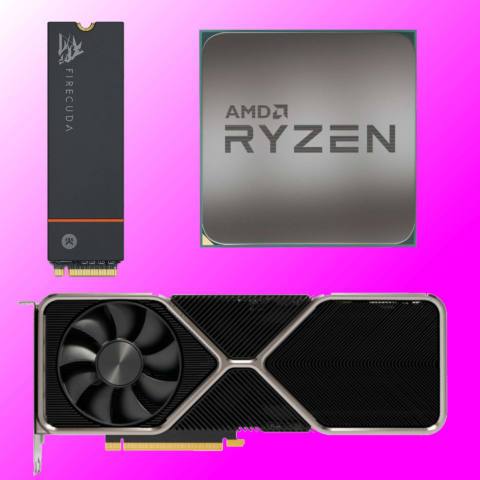Which is more power-savvy, ARM or x86? Anyone familiar with today's chip line-up would probably respond with: 'Easy, ARM. Just look at the battery life on some of those Snapdragon X Elite laptops, you doughnut.'
But is that really the case? Unsurprisingly, the company responsible for designing most of the world's x86 chips, Intel, thinks it's not.
Robert Hallock has plenty of experience with x86, and talking up its benefits. He's currently Intel's VP of Technical Marketing and held a similar role at AMD for many years prior. Only Intel and AMD are able to produce x86 chips (ignoring VIA). Any other company with a desire to produce chips tends to use foundations laid out and licensed by Arm. Or RISC-V, though that's another story.
“It is our firm belief that the ongoing conversations around ARM vs. x86 power are based on a false premise because it is not the instruction set architecture (ISA) that broadly dictates power,” Hallock says to Notebookcheck.
“Our view is a physical one: transistors cost power. A CPU design that adds core counts, increases NPU size, increases graphics size, or adds fabric complexity is not free. These decisions intrinsically raise package power consumption and TDPs into the ballpark of what consumers historically see from conventional Windows/Linux processors.
“In other words: implementing the features and performance the market expects has a 'typical cost,' regardless of the x86 or ARM ISA. So, if adding complexity costs power on any ISA, then it becomes a battle between which set of design choices yields the best performance/power/area (PPA) to meet consumer expectations.”
ARM designs are seen to be more power-efficient than x86, at least in the products they're shipped within: you have Apple's own designs, Arm processors in phones, and the latest Snapdragon X Elite chips that have made their way into heaps of laptops recently. Generally, all devices that are known for decent battery life.
On the other hand, x86 goes into power-hungry desktop chips and servers. Though also many ultra-thin laptops.
Hallock goes on to talk about Lunar Lake, the next generation of mobile chips that are dedicated to slimming power budgets. Over at a Lunar Lake architecture briefing, Hallock also said similar things about what makes a chip power-efficient, and what doesn't.
“It is not x86, it is not ARM that determines power,” Hallock told us at the event in May, “it is the physical design of the chip. It is the floor plan of the chip. It is the process technology used, the packaging technology used. It is relentlessly optimising every component in that platform, one watt panels, the most efficient memory, the most efficient SSDs. That is what drives battery life. That is what drives CPU power.”
“So what you will see from Lunar Lake is x86 powered like you have never seen it before. We relentlessly tackled every single execution engine in this chip to extract the most performance per watt that we could. We touched everything. Graphics, packaging, cores, fabric, every component received an improvement.”

So, is it the ISA that's really responsible for power saving? Intel says no, but we can also turn to comments from renowned chip designer Jim Keller for some insightful thoughts.
Keller suggested in a conversation with TechTechPotato three years ago now that any architecture could be pretty power-efficient. However, this changes with time.
Over the years, ISAs get filled with more and more stuff. Some stuff you need, some stuff you don't need so much, some stuff is just a bit rubbish—you have to keep most of it if you want to ensure backwards compatibility with older software and systems. The older the ISA, the more stuff in there potentially making it less efficient.
x86 is quite old now, it was first introduced in the late '70s. There's a lot of stuff.

Best CPU for gaming: The top chips from Intel and AMD.
Best gaming motherboard: The right boards.
Best graphics card: Your perfect pixel-pusher awaits.
Best SSD for gaming: Get into the game ahead of the rest.
“So, when ARM first came out it was a clean 32-bit computer and compared to x86 it looked just way simpler and easier to build,” Keller says. “But then they added a 16-bit mode and the IT instruction, which was awful, and that sort of weird floating point vector extension set with overlays in the registry file, and then 64-bit, which partially cleaned it up. Then they added some special stuff for security and booting. So it's only got more complicated.
“Now RISC-V shows up and it's the shiny new cousin. There's no legacy and it's actually an open instruction set architecture. And people build it in universities where they don't have time and interest to add too much junk like some architectures have.”
Now we're touching on a wider subject here, general efficiency between multiple architectures—which is better, x86, ARM, or RISC-V? I'm not going to talk about that here. But clearly there's something to be said for the simplicity of a newer architecture—the less junk in the ISA, the better.
Though there's a reason we don't game on RISC-V, it doesn't have enough stuff just yet. The ecosystem isn't there, yet. Furthermore, process node, transistors (and how power is delivered to them), substrates and what's actually on the chip(s) play an inarguably large role in determining power draw for any specific device—it's really all about getting the balance right between the lot.






